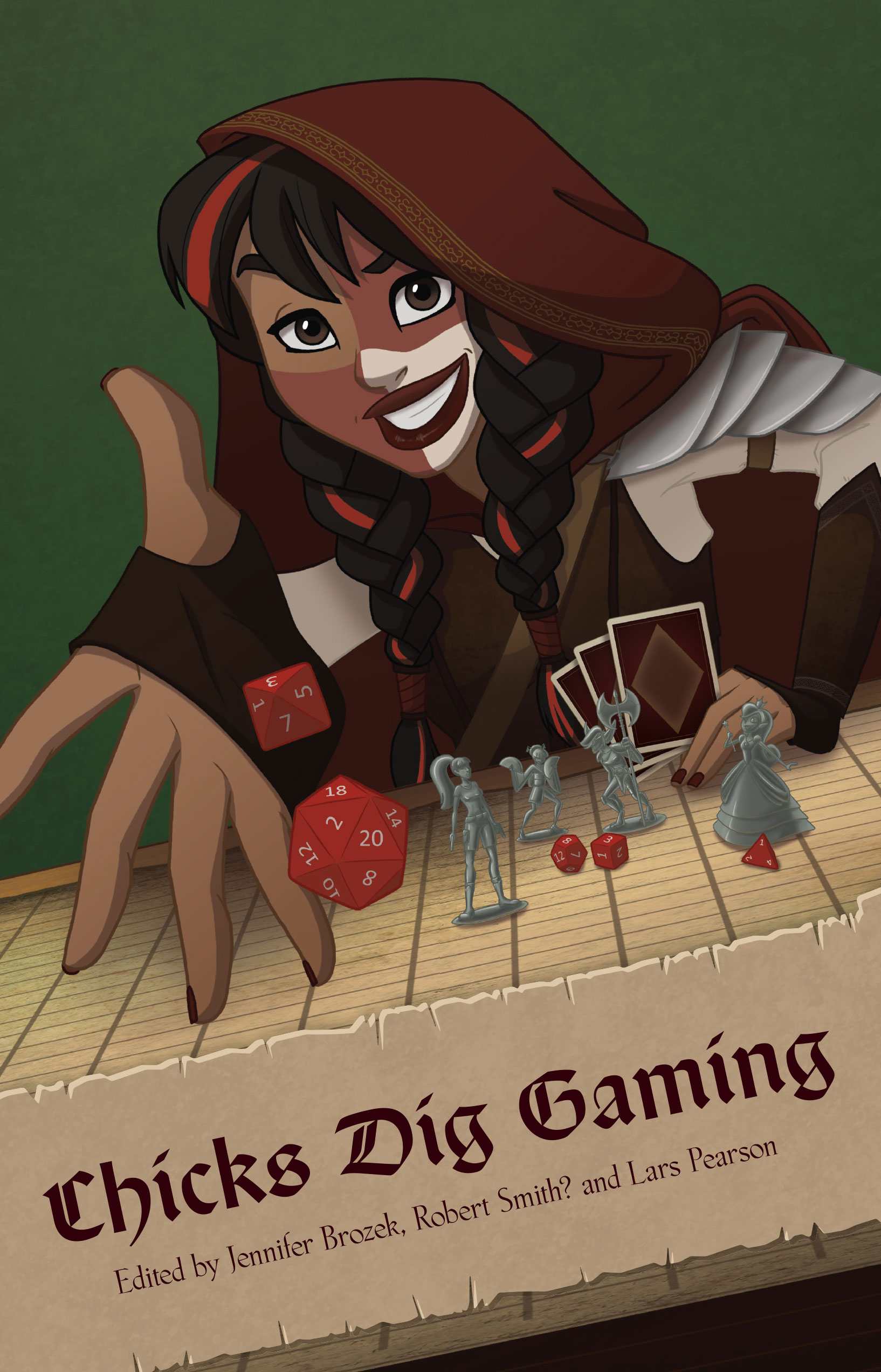
I’ve had the opportunity to write for educational games, and so I’ve been trying to think more critically about games (particularly board games and card games) in terms of figuring out why the ones I like engage me.
- Playing the game is a positive social experience. If it’s not a single-player game, I prefer cooperative games like Sentinels of the Multiverse and Pandemic. There are many, many solo computer games that focus on mastery and personal entertainment; if I’m choosing to play with other people, particularly if it’s an in-person game, the social aspects of the game move to the front and center, and I want the social parts to be fun. Arguing and rules-lawyering is not fun for me. Feeling betrayed by a friend is not fun for me, even if it’s “just a game”. Games can cause real-life bad feelings and that shit is just not worth it to me. A big part of this mechanic is carefully choosing who you play with, because many games give you a choice of being sharkish or cooperative, but there’s usually a tilt one way or the other (for instance, Bohnanza plays better with cooperation, but you can be a bean shark if you really want.)
- Playing the game ultimately feels like play and not work. Some people have mindless day jobs and their brains crave something challenging, and therefore they gravitate toward complex, rules-heavy games. But I have plenty of cognitive challenge in my day-to-day life; the more a game feels like work the less I want to play it.
- Gameplay isn’t a grind. Particularly not fun for me is the game mechanic in which resources are hard-won and easily lost, because that resembles real life way too much. Spending turn after laborious turn building resources only to have them taken away by a flip of the cards or a roll of the dice is generally a fun-killer unless the game has something else really compelling and entertaining going for it. (Conversely, easily won/easily lost resources aren’t a fun-killer for me, simply because you have a decent shot at bouncing back).
- Gameplay is well-balanced. At the outset, all the players should feel like they have a reasonable shot at winning a game, and the game should be designed such that one player can’t build an insurmountable advantage early on. If, three turns in on a 20-turn game, someone always pulls away with a massive lead and the remaining 17 turns are just rote dice rolls to confirm the leading player’s victory, that’s a dull and demoralizing game.
- The game is easy to grasp and hard to master. I really don’t want to have to read 20 pages of instructions before we can start playing. At the same time, I get bored if it doesn’t provide any challenges.
- The game is inherently fun. I like games that are funny, whimsical and surprising, which is why I love Munchkin despite aspects of the game that are a bit backstabby.
- The game has a compelling concept. We’re saving the world or exploring a new galaxy? Sign me up! Further, I like (but do not require) a game with an internal narrative, because in the absence of uproarious fun, story provides for a shared experience for the players. Again, we’re talking board and card games; for an immersive video game, some kind of narrative is critical.
- The game provides escape. Let me be a member of the Firefly crew, or a scientist battling a global threat, or a medieval queen. Take me someplace amazing; let me pretend to be someone else. Transport me away from my regular life for an hour or two.
- The physical parts of the game are well-designed and attractive. Physical production values are critical. The game pieces should be easily distinguishable, card text should be easily readable, properly spelled, etc. I really appreciate that the Ticket to Ride games include symbols for people who are color blind. The game’s art and design should first and foremost aid people who are not so good at reading with understanding and playing the game. But further, having attractive/engaging game art to look at makes the experience a whole lot more enjoyable.
- The game has a reasonable number of pieces. I love cool game pieces as much as the next person, but there’s a limit. If a game has a billion tiny little cards and game markers to keep track of that are easily spilled and lost forever down the heat register, that goes from “cool” to “annoying” pretty quickly.
- Board size and playing field size are reasonable. Games that can be played on a space the size of coffee table are easiest; games that take up much more space than a card table or the average dining room table are problematic. If I have to hunt around for a venue that has a table big enough to hold a sprawling game, I won’t play it very often, even if it’s a super amount of fun.
Leave a Reply
You must be logged in to post a comment.